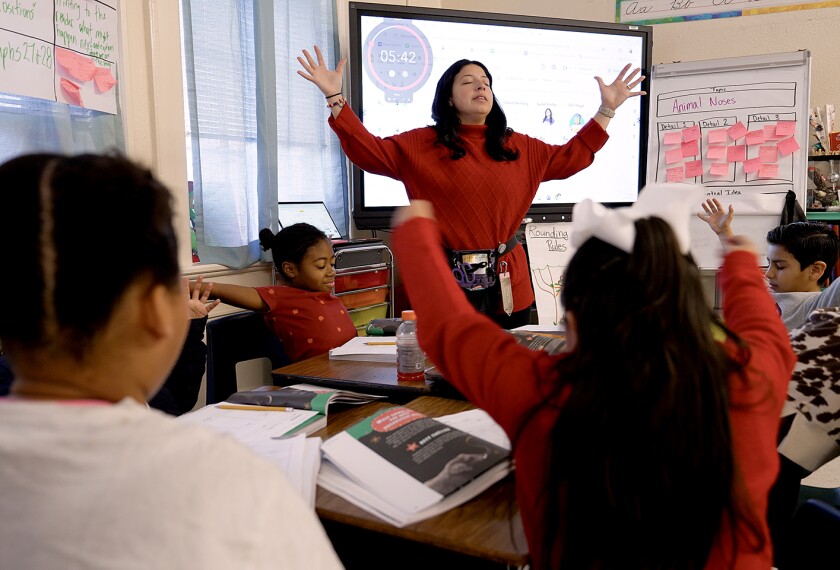With the number of cheerleading injuries continuing to climb, the American Academy of Pediatrics released a policy statement last week offering recommendations for ways to prevent them.
The policy statement, which will be published in the November 2012 issue of Pediatrics, suggests that all 50 states designate cheerleading as a sport to ensure that squads have qualified coaches, access to certified athletic trainers, and injury surveillance.
Currently, 29 state high school athletic associations recognize cheerleading as a sport, according to the AAP, and the National Collegiate Athletic Association does not.
As cheerleading has grown more competitive over the years, the stunts have become more complex, leading to a rise in both participation and injuries. From 1990 to 2003, there was a 20 percent rise in the number of cheerleaders 6 or older, going from 3.0 million to 3.6 million, according to the AAP.
Over the past three decades, injuries have risen as well, by more than 400 percent, according to the U.S. Consumer Product Safety Commission.



